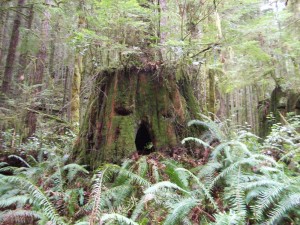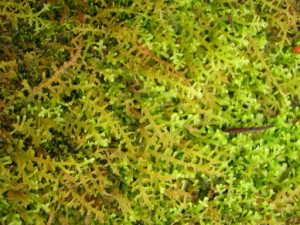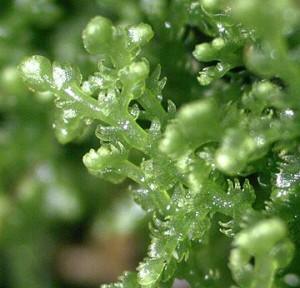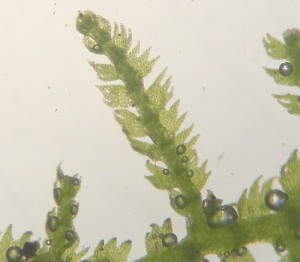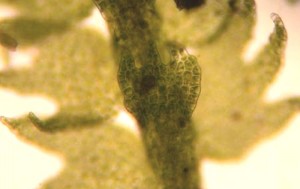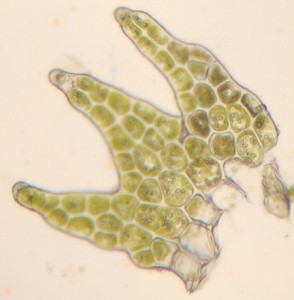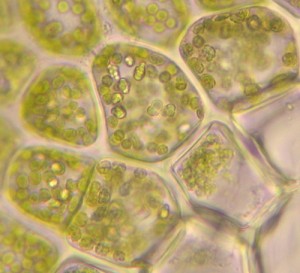Habitat
This liverwort can usually be found in shady sites on decaying wood. Some may be found on moist soil, especially near water, often occurring with Tetraphis pellucida and Calypogeia spp.
Gametophyte
The shoots are often pinnately branched:
This liverwort is nicknamed “little hands” due to the shape of its lateral leaves. They are dark green to pale yellow green and form loose to dense turfs which are loosely held to the substratum.
Leaf:
The lateral leaves are incubously inserted. The term incubous refers to the leaves’ arrangement and orientation in which, viewed from the dorsal surface, the upper margin of the leaf is visible and overlaps the lower part of the leaf above it.
The lateral leaves are lobed.
This ventral view of a shoot shows an underleaf. They are similar in shape to lateral leaves. The underleaves have curved lobes and are smaller than lateral leaves.
This picture shows an underleaf.
Like other liverworts, the leaves are unistratose and the cells contain a lot of chlorophyll. Note the trigones and the complex oil bodies.
Sporophyte
The sporophytes tend to mature between spring and summer, however they are not frequent. The plants are quite brittle, which could be very important in vegetative propagation.

